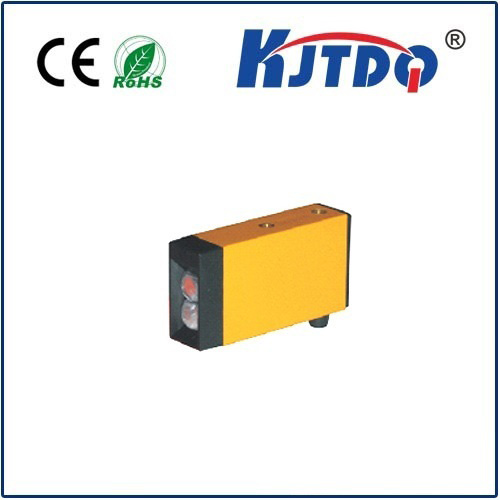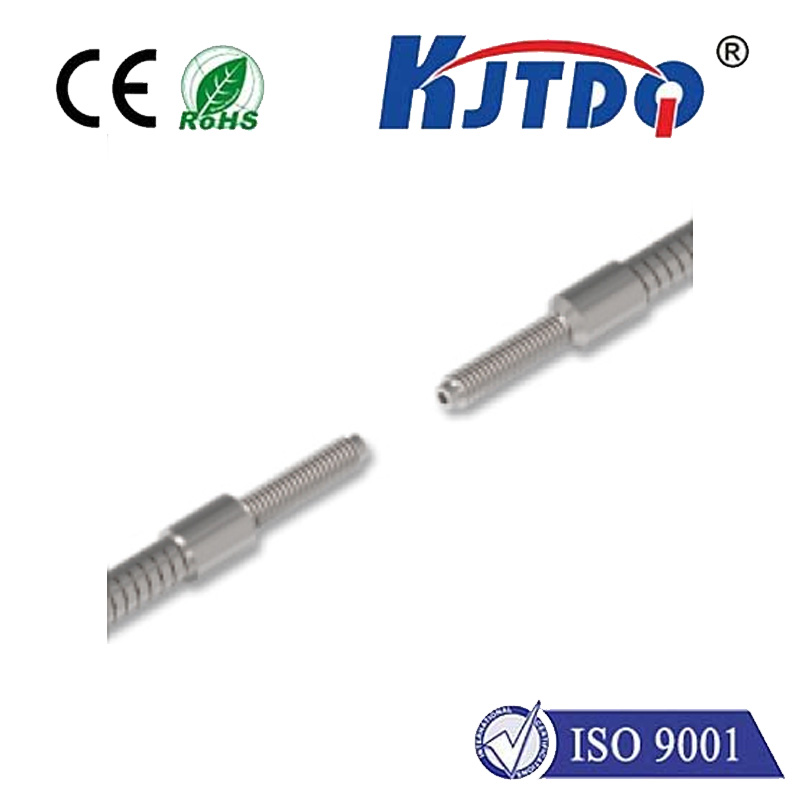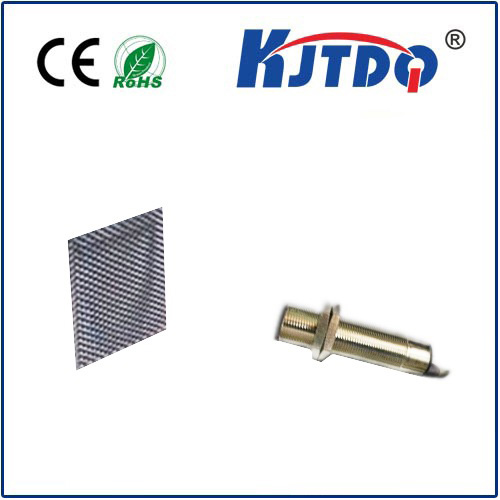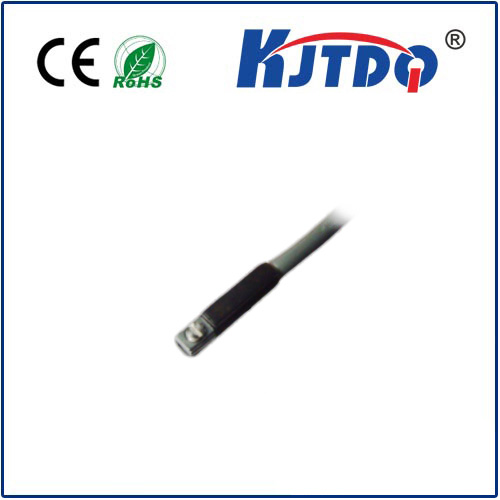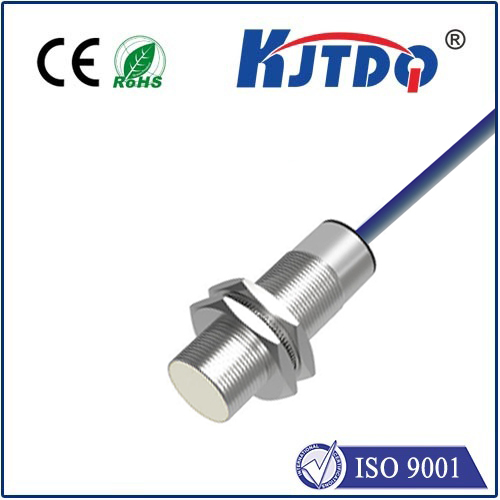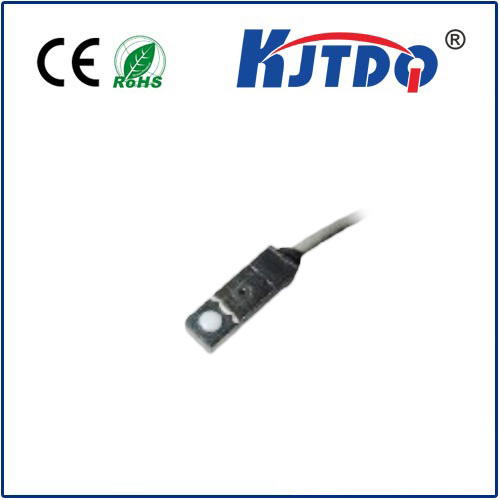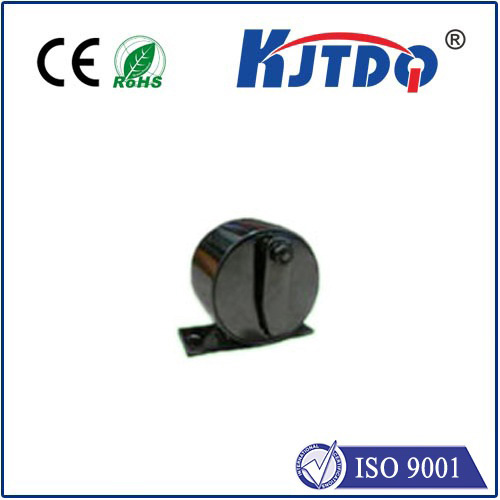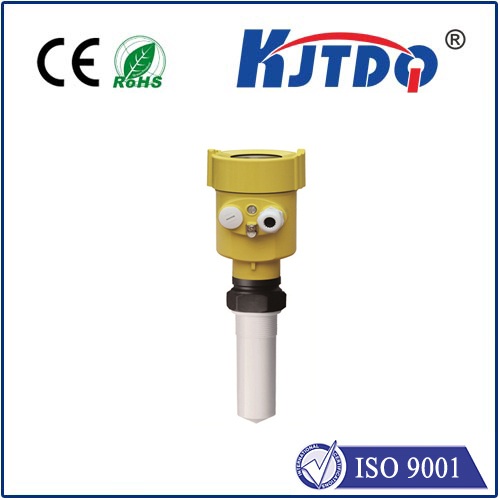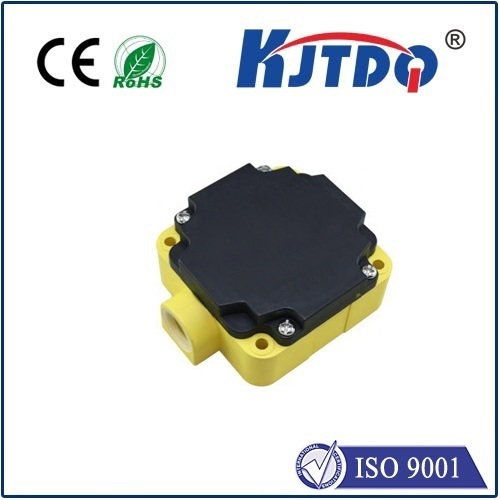

check

check

check

check

check

check

check

check

check

check
With the development of industrial automation, the application of limit proximity sensors is becoming more and more widespread. Limit proximity sensors can help automated equipment accurately control the position of objects during work, thereby ensuring the safety and reliability of equipment operation and improving production efficiency and quality.
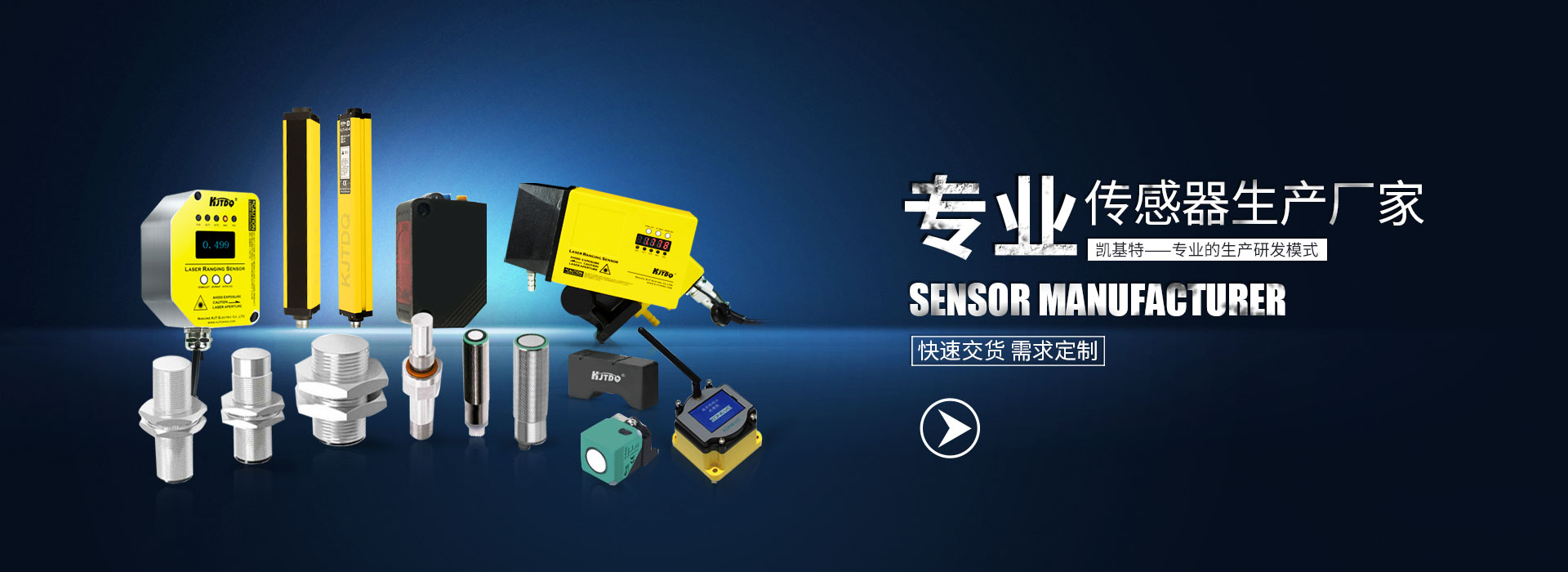
A limit proximity sensor is a sensor that detects an object at a specific location. For example, in robot control applications, limit proximity sensors can indicate when a robot's arm reaches a specific position, allowing the robot to stop or start performing a specific task at the correct time. In industrial production lines, limit proximity sensors can ensure that the workpiece is in the correct position and trigger the next operation when needed to ensure efficient operation of the production line.
The functions of the limit proximity sensor also include:
1. Safety guarantee: By locating and controlling the position of objects, limit proximity sensors can prevent automated equipment from colliding, damaging or endangering the safety of operators during operation.
2. Automated control: Limit proximity sensors can improve the efficiency and production quality of automated production lines by automatically controlling the position and movement of objects.
3. Save time and cost: Using limit proximity sensors can reduce labor and time costs, improve production efficiency and quality, thereby reducing overall costs.
In short, the limit proximity sensor is an indispensable key component in the current automation control system. Its role can not only ensure the safe and reliable operation of the equipment, but also effectively improve production efficiency and quality. With the continuous upgrading of technology and the expansion of application scenarios, the application prospects of limit proximity sensors will become even broader.
